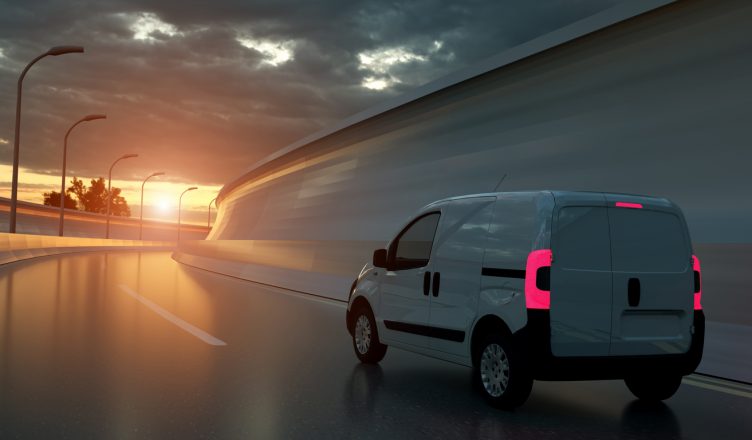Are you struggling to figure out which moves you make qualify as personal conveyance?
You’re not alone.
Personal conveyance has become a source of confusion for many drivers and field service businesses ever since the implementation of the Hours of Service (HOS) rules and the Electronic Logging Device (ELD) mandates by the Federal Motor Carrier Safety Administration (FMCSA).
These regulations have certainly improved the way in which hours are tracked. Earlier you had to track hours manually, often using pen and paper, which made it difficult to report on HOS. The Department of Transportation (DOT) also had difficulty enforcing regulations.
However, it has become hard to understand what rules apply to you when you use a commercial motor vehicle (CMV) for personal use. Also, it’s difficult to know how you can make yourself compliant.
FMCSA updated their guidelines and rules for personal conveyance in 2018. The new guidelines emphasize why a vehicle is being moved and whether or not it is loaded (laden), and shows examples of both appropriate and inappropriate use of a company vehicle for personal conveyance.
Read on to learn in detail all you need to know to log personal conveyance time as off duty. But, let’s first understand what personal conveyance is.
What Is Personal Conveyance?
Personal conveyance is the movement of a CMV for personal use, while a driver is off duty, which doesn’t benefit the company or the motor carrier financially.
Want To See For Yourself How Route4Me Can Boost Your Profits?

Acceptable Off-Duty Driving for Personal Conveyance
When can you use personal conveyance? Below are a few examples that will give you clarity:
- Repositioning a CMV at the request of a safety official, while off duty
- Time spent traveling to or from your place of lodging during a trip, such as a truck stop, motel, restaurants, grocery stores, or entertainment facilities
- Commuting back and forth between your home terminal and residence, between trailer-drop lots and your residence, and between work sites and your residence fall under personal conveyance
- Traveling to a safe location close by to rest after loading or unloading
- Time spent in shipping personal property, while off duty
- Authorized use of a CMV to drive between home and an off-site location; this is ideally applicable to utility and construction companies
- Driving a laden vehicle, not for the commercial benefit of the carrier can fall under personal conveyance
Unacceptable Off-Duty Driving for Personal Conveyance
Now, let’s see the movements that benefit the motor carrier and cannot be considered as personal conveyance:
- Time spent in commuting between two work locations, such as to a motor carrier’s terminal after loading or unloading from a shipper or a receiver
- Time spent traveling to the nearest stop for rest after being placed out of service for exhausting the 14-hour on-duty limit permitted under HOS regulations unless directed by a police or DOT officer present at the scene
- Time spent in transporting CMVs to a facility for vehicle maintenance. Traveling to a repair shop to service a CMV is considered a business purpose because the goal is to keep the vehicle in top shape to generate revenue without fail
- Time spent driving a CMV with passengers on board. However, if there are other off-duty drivers present in the vehicle, they won’t be considered passengers and it will fall under personal conveyance only if everyone is traveling to a common destination of their own choice
- Bobtailing for a business purpose, such as going to the next loading location to retrieve a load, doesn’t fall under personal conveyance
- Time spent in returning to pick up another towed unit after delivering a towed unit
- Making moves to shave miles off the next day’s work under the guise of being off duty. For example, bypassing resting locations to choose one closer to the next loading or unloading point or other scheduled motor carrier destination. Such a move will help reduce driving time and potentially labor expenses which would benefit the carrier and thus won’t be considered as a personal conveyance
Wrapping up
While FMCSA has clarified its personal conveyance rules regarding what is and isn’t covered under personal conveyance, they have also clearly stated that the drivers must comply with HOS rules and regulations, while driving on personal conveyance time.
Most importantly, the drivers must not drive if they feel fatigued or drowsy or are under the influence of alcohol or drugs, whether they are on duty or driving for personal conveyance. Also, even while driving off duty, drivers are still prone to roadside inspections, including a review of HOS compliance.
So, do you now have more clarity on personal conveyance? Do you have any questions? Please feel free to leave your comments below.
Want To See For Yourself How Route4Me Can Boost Your Profits?







